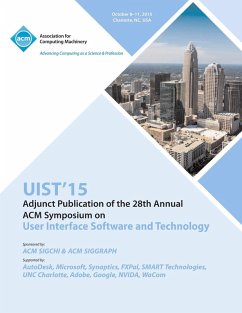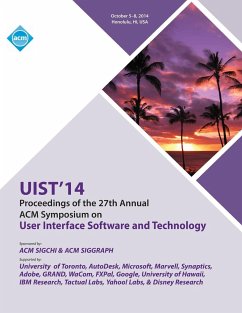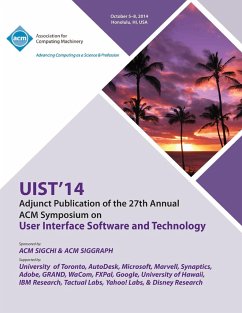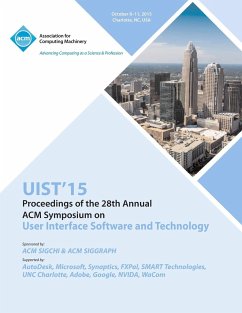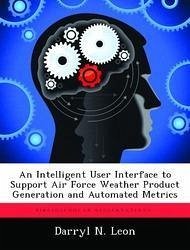
An Intelligent User Interface to Support Air Force Weather Product Generation and Automated Metrics
Versandkostenfrei!
Versandfertig in über 4 Wochen
20,99 €
inkl. MwSt.

PAYBACK Punkte
10 °P sammeln!
Air Force pilots require dependable weather reports so they may avoid unsafe flying conditions. In order to better gauge the accuracy of its weather products, Air Force Weather has established the requirement for an Air Force-wide automated weather metrics program. Under the guidelines for this program, forecasts will automatically be compared to observed weather to determine their accuracy. Statistics will be collected in the hopes of determining forecast error trends that can be corrected through education and training. In order for the statistical data produced by such a program to draw rel...
Air Force pilots require dependable weather reports so they may avoid unsafe flying conditions. In order to better gauge the accuracy of its weather products, Air Force Weather has established the requirement for an Air Force-wide automated weather metrics program. Under the guidelines for this program, forecasts will automatically be compared to observed weather to determine their accuracy. Statistics will be collected in the hopes of determining forecast error trends that can be corrected through education and training. In order for the statistical data produced by such a program to draw reliable conclusions about forecast accuracy, however, the correct format of the raw forecasts and observations must be ensured before the reports are disseminated. Beyond a simple check for typographical errors, however, the system must also have weather domain knowledge to understand when the input data content does not fit the context of the report, even though it has been formatted properly. This thesis proposes the application of an intelligent user-interface "critic" advice system, to ensure not only correct product format and provide content quality control, but to collaborate with and advise the forecaster or observer during product generation, with the ultimate goal of producing more accurate weather products. This work has been selected by scholars as being culturally important, and is part of the knowledge base of civilization as we know it. This work was reproduced from the original artifact, and remains as true to the original work as possible. Therefore, you will see the original copyright references, library stamps (as most of these works have been housed in our most important libraries around the world), and other notations in the work. This work is in the public domain in the United States of America, and possibly other nations. Within the United States, you may freely copy and distribute this work, as no entity (individual or corporate) has a copyright on the body of the work. As a reproduction of a historical artifact, this work may contain missing or blurred pages, poor pictures, errant marks, etc. Scholars believe, and we concur, that this work is important enough to be preserved, reproduced, and made generally available to the public. We appreciate your support of the preservation process, and thank you for being an important part of keeping this knowledge alive and relevant.




